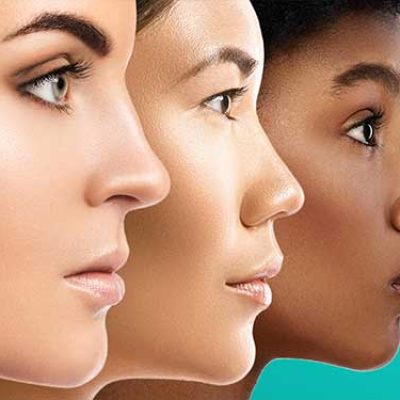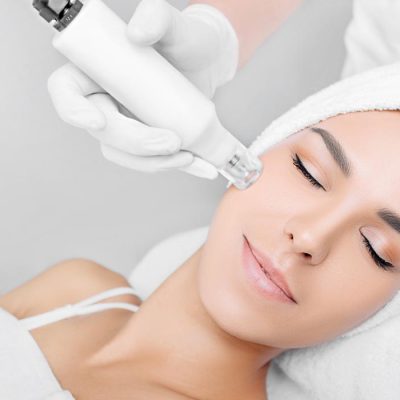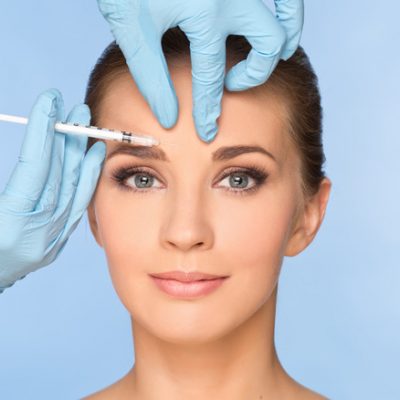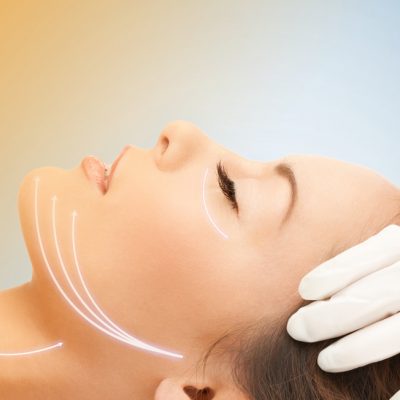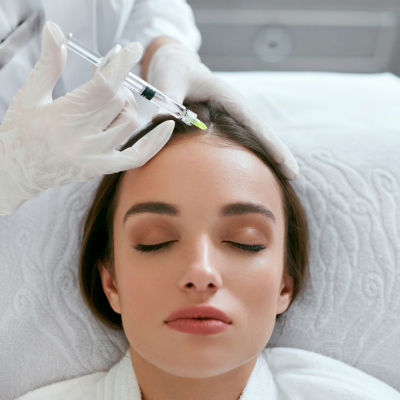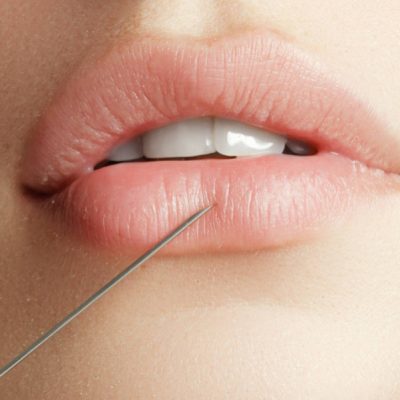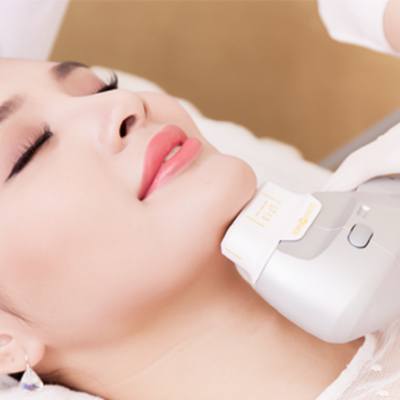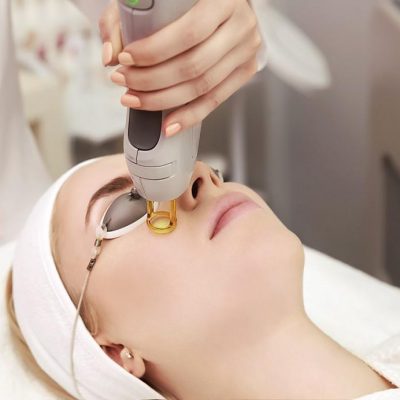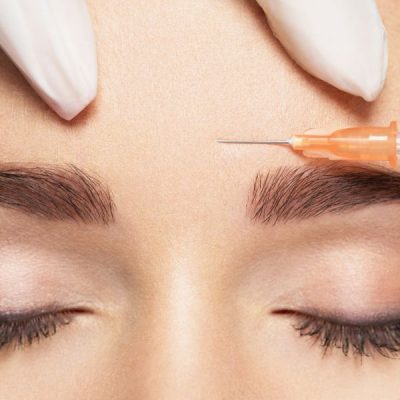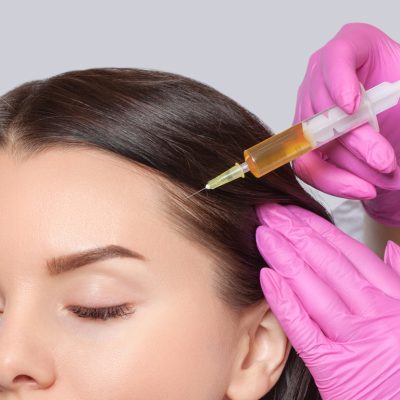Taking care of your skin is an essential part of maintaining overall health. One of the most beneficial practices for skin health includes deep cleansing and exfoliation. Both these practices help to remove dead skin cells, unclog pores, and enhance skin rejuvenation. This article offers a comprehensive guide to these processes.
Deep Cleansing
Deep cleansing is a skincare routine that goes beyond the surface to purge your skin of all the dirt, sebum, and impurities that a regular cleanser might not effectively remove.
Benefits of Deep Cleansing
- Pore Cleansing: Deep cleansing helps to unclog pores, preventing blackheads and acne.
- Skin Refreshment: It helps to remove dead skin cells, promoting new skin cell growth.
- Better Skin Absorption: It enhances the skin’s ability to absorb other skincare products.
How to Deep Cleanse
- Choose the Right Cleanser: The first step is to choose a cleanser that is correct for your skin type. If you have dry skin, a cream-based cleanser is a better option. For oily skin, a gel or foam cleanser works best.
- Cleanse the Skin: Apply the cleanser to your damp face in a circular motion for about a minute, then rinse thoroughly.
- Double Cleanse: For a deeper cleanse, particularly if you wear makeup, consider double cleansing. The first cleanse removes makeup, and the second cleanse works deeper into the pores.
Choose the Right Cleanser
Choosing the right cleanser for your skin is important to ensure effective and gentle cleansing without causing irritation or stripping the skin of its natural moisture. Here are some factors to consider when selecting a cleanser:
- Skin Type: Consider your skin type when choosing a cleanser. The common skin types are:
- Normal: If you have normal skin, you can use a gentle cleanser that maintains the skin’s balance without being too drying or oily.
- Dry: For dry skin, opt for a hydrating and moisturizing cleanser that helps replenish moisture and prevents further dryness.
- Oily: If you have oily skin, look for a cleanser that helps control excess oil and keeps the skin feeling fresh without over-drying it.
- Combination: Combination skin requires a balanced cleanser that addresses both oily and dry areas without causing imbalance.
- Sensitive: For sensitive skin, choose a gentle and fragrance-free cleanser that is hypoallergenic and formulated to minimize potential irritation.
- Formulation: Cleansers come in different formulations, such as foaming, gel, cream, lotion, or oil. Consider your personal preference and how your skin responds to different textures. Foaming cleansers are generally suitable for oily or combination skin, while cream or lotion cleansers are better for dry or sensitive skin.
- Ingredients: Pay attention to the ingredients in the cleanser. Look for gentle and non-irritating ingredients. Avoid harsh sulfates (like sodium lauryl sulfate) and fragrances if you have sensitive skin. If you have specific skin concerns, such as acne or hyperpigmentation, look for cleansers containing ingredients like salicylic acid or glycolic acid for acne-prone skin, or vitamin C or niacinamide for brightening and evening out skin tone.
- pH Balance: The pH level of a cleanser is important because it can affect the skin’s natural acid mantle. Ideally, a cleanser should be pH-balanced or slightly acidic (around 5.5) to maintain the skin’s natural pH and protect its moisture barrier.
- Patch Test: Before fully incorporating a new cleanser into your skincare routine, perform a patch test on a small area of your skin to check for any adverse reactions or sensitivity.
It may take some trial and error to find the perfect cleanser for your skin. If you’re unsure, consulting with a dermatologist can provide personalized recommendations based on your skin type and concerns.
Cleanse the Skin
Cleansing the skin is an essential step in any skincare routine. Here’s a general guide on how to cleanse the skin effectively:
- Start by washing your hands: Before touching your face, ensure that your hands are clean to prevent transferring dirt and bacteria onto your skin.
- Remove makeup (if applicable): If you’re wearing makeup, use a makeup remover or a gentle cleansing oil to dissolve and remove it. Apply the makeup remover to a cotton pad and gently wipe off the makeup, focusing on areas like the eyes and lips.
- Wet your face: Splash your face with lukewarm water to dampen the skin. Avoid using hot water, as it can strip the skin of its natural oils and cause dryness.
- Apply cleanser: Take a small amount of your chosen cleanser and apply it to your fingertips or a clean facial cleansing brush. Gently massage the cleanser onto your face using circular motions. Ensure that you cover all areas, including the forehead, cheeks, nose, and chin. Be gentle and avoid harsh scrubbing, especially if you have sensitive skin.
- Rinse thoroughly: After massaging the cleanser into your skin for about 30 seconds to a minute, rinse your face thoroughly with lukewarm water. Make sure to remove all traces of the cleanser to avoid leaving residue on your skin.
- Pat dry: Gently pat your face dry with a clean, soft towel. Avoid rubbing your skin, as it can cause irritation.
- Follow with the rest of your skincare routine: After cleansing, proceed with the remaining steps of your skincare routine, which may include toning, applying serums, moisturizing, and applying sunscreen.
It’s generally recommended to cleanse your skin twice a day, in the morning and evening, to remove impurities and prepare the skin for other skincare products. However, if you have dry or sensitive skin, you may choose to cleanse once a day in the evening to avoid over-drying the skin.
Remember to choose a cleanser suitable for your skin type and concerns, and adjust your cleansing routine as needed based on your skin’s response.

Exfoliation
Exfoliation is the process of removing dead skin cells from the surface of your skin using a chemical, granular substance, or exfoliation tool.
Benefits of Exfoliation
- Refines Skin Texture: It helps to smooth and improve skin texture.
- Enhances Skin Tone: Regular exfoliation can help to brighten the skin and improve skin tone.
- Boosts Circulation: It can help boost circulation and lymphatic drainage for internal cleansing.
How to Exfoliate
- Choose the Right Exfoliator: There are two types of exfoliators: physical (scrubs, brushes) and chemical (products containing AHAs, BHAs). Choose based on your skin type and sensitivity.
- Apply the Exfoliator: Apply the exfoliator to a damp face in a circular motion, avoiding the eye area. If you’re using a chemical exfoliant, follow the instructions on the product.
- Rinse Off: Rinse off thoroughly with water and pat your skin dry.
Choose the Right Exfoliator
Choosing the right exfoliator for your skin is important to effectively remove dead skin cells, unclog pores, and promote a smoother, brighter complexion. Here are some factors to consider when selecting an exfoliator:
- Skin Type: Consider your skin type when choosing an exfoliator. The common skin types are:
- Normal: If you have normal skin, you can generally tolerate a variety of exfoliators. Opt for a gentle exfoliator that provides mild exfoliation without being too harsh.
- Dry or Sensitive: For dry or sensitive skin, choose a gentle exfoliator that is formulated to be non-abrasive and moisturizing. Look for ingredients like jojoba beads, rice bran, or fruit enzymes that provide exfoliation without causing irritation.
- Oily or Acne-Prone: If you have oily or acne-prone skin, opt for exfoliators that contain ingredients like salicylic acid or glycolic acid. These chemical exfoliants help to unclog pores, control excess oil, and reduce acne breakouts.
- Combination: Combination skin requires a balanced approach. You can use a combination of gentle physical exfoliators and mild chemical exfoliants depending on the different areas of your face.
- Type of Exfoliator: Exfoliators can be categorized as physical or chemical.
- Physical Exfoliators: Physical exfoliators contain granules or particles that physically scrub away dead skin cells. Look for options with fine, rounded particles to minimize irritation. Common physical exfoliators include sugar scrubs, microbead-free scrubs, or exfoliating brushes.
- Chemical Exfoliators: Chemical exfoliators use ingredients like alpha-hydroxy acids (AHAs) or beta-hydroxy acids (BHAs) to dissolve dead skin cells and unclog pores. AHAs, such as glycolic acid or lactic acid, are effective for overall exfoliation and brightening. BHAs, such as salicylic acid, are beneficial for oily or acne-prone skin as they penetrate the pores and help with oil control.
- Frequency: Consider how often you will be exfoliating. Some exfoliators are gentle enough for daily or frequent use, while others may be recommended for only once or twice a week. Be mindful of your skin’s tolerance and adjust the frequency accordingly.
- Patch Test: Before incorporating a new exfoliator into your routine, perform a patch test on a small area of your skin to check for any adverse reactions or sensitivity.
- Other Considerations: Look for exfoliators that are free from harsh chemicals, artificial fragrances, and irritating ingredients. If you have specific skin concerns, such as hyperpigmentation or aging, consider exfoliators that target those issues, such as those containing vitamin C or retinol.
It’s important to follow the instructions provided with the exfoliator and not to over-exfoliate, as this can lead to skin irritation and damage. If you’re uncertain about which exfoliator is suitable for your skin, consulting with a dermatologist or skincare professional can provide personalized recommendations based on your skin type and concerns.
Tips
- Don’t Overdo It: Over-exfoliating or deep cleansing can cause dryness, irritation, and damage the skin’s barrier. Stick to exfoliating 1-2 times a week and deep cleansing based on your skin’s needs.
- Moisturize: Always apply a moisturizer after deep cleansing and exfoliating to rehydrate your skin.
- Use Sunscreen: Exfoliation can make your skin more sensitive to the sun. So apply a sunscreen of at least 30 SPF every day.
Remember, everyone’s skin is unique, and what works for one person may not work for another. It’s always advisable to do a patch test for any new skincare product to ensure it doesn’t irritate your skin.
what is Deep Cleansing
Deep cleansing refers to a thorough and intensive cleaning process, typically applied to the skin or various objects or surfaces. The term is commonly associated with skincare routines and products, but it can also be used in other contexts.
- Skincare: In the realm of skincare, deep cleansing usually involves removing impurities, excess oil, dead skin cells, and other debris from the skin. It goes beyond regular cleansing to provide a more comprehensive purification of the pores and a deeper level of cleanliness. Deep cleansing can be achieved through various methods, such as using specialized cleansers, exfoliators, facial masks, or undergoing professional treatments like facials or chemical peels.
The specific techniques and products used for deep cleansing can vary depending on the context. It is important to follow suitable guidelines and instructions to ensure effective and safe results.
what is Skincare ?
Skincare refers to the practices, routines, and products used to maintain and improve the health, appearance, and condition of the skin. It involves a range of activities aimed at promoting skin hygiene, protection, and nourishment.
Skincare encompasses various aspects, including cleansing, moisturizing, exfoliating, protecting, and treating the skin. Here are some key elements of skincare:
- Cleansing: This involves removing dirt, oil, makeup, and impurities from the skin. Cleansers are used to cleanse the face and body, and they come in different forms such as foams, gels, creams, or oils.
- Moisturizing: Moisturizers are used to hydrate and nourish the skin, helping to maintain its moisture barrier and prevent dryness. They can be in the form of lotions, creams, gels, or oils.
- Exfoliating: Exfoliation involves removing dead skin cells from the surface of the skin, revealing smoother and brighter skin underneath. It can be done through physical exfoliation, using scrubs or brushes, or chemical exfoliation, using products containing ingredients like alpha-hydroxy acids (AHAs) or beta-hydroxy acids (BHAs).
- Sun Protection: Protecting the skin from the harmful effects of the sun is crucial for maintaining skin health and preventing premature aging. This involves using sunscreen with a suitable SPF (Sun Protection Factor), wearing protective clothing, and avoiding excessive sun exposure.
- Treating Specific Concerns: Skincare also involves addressing specific skin concerns such as acne, hyperpigmentation, wrinkles, or sensitive skin. This may include using targeted treatments like serums, masks, or spot treatments that contain ingredients designed to address these issues.
Skincare routines can vary depending on individual needs, skin type, and personal preferences. It is important to choose products suitable for your skin type, follow a consistent routine, and pay attention to any specific concerns or sensitivities you may have. Consulting with a dermatologist can provide personalized guidance and recommendations for your skincare needs.


